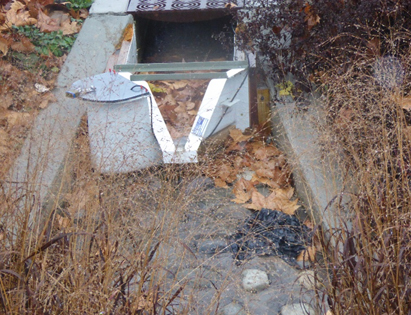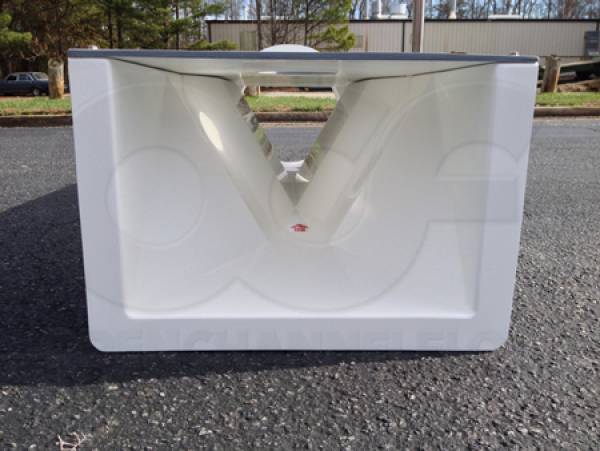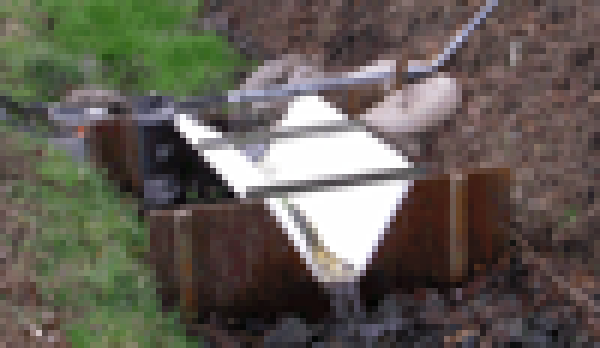This website uses a variety of cookies, which you consent to if you continue to use this site. You can read our Privacy Policy for
details about how these cookies are used, and to grant or withdraw your consent for certain types of cookies.
Considerations When Using H Flumes to Measure Storm Water
 On the face of it, the H flume looks to be a good choice when selecting a device to measure storm water flows. At its core, a H flume is a hybrid device: a combination of a flume and a weir – melding the best of each into a single device. The flume has a wide turndown ratio (able to measure a wide range of flow) and have a flat bottom that should allow it pass sediments and debris easily. So what’s not to love!? Unfortunately, there are some tradeoffs to be made.
On the face of it, the H flume looks to be a good choice when selecting a device to measure storm water flows. At its core, a H flume is a hybrid device: a combination of a flume and a weir – melding the best of each into a single device. The flume has a wide turndown ratio (able to measure a wide range of flow) and have a flat bottom that should allow it pass sediments and debris easily. So what’s not to love!? Unfortunately, there are some tradeoffs to be made.
First, the ability to measure high and low flows with good accuracy (+/-3-5% in a laboratory) is predicated on the flow out of the flume being a free discharge. The V-shaped discharge of a H flume means that is has little ability to withstand the effects of downstream submergence. As a result, a H flume is almost always installed so that the discharge out of the flume spills off the end in an unimpeded manner – meaning that in low gradient applications the flume shouldn’t be used. So, when applied to piping, the H flume must be set so that the inlet invert is substantially above the outlet invert and that the flow out of the flume must be collected in a drop box so that it can be transitioned in to the downstream pipe.
The flat bottom of the H flume can also present problems. To properly condition flow into the flume, an approach section is usually provided upstream of the H flume. The approach section allows the flow to assume a more normal velocity profile as it enters the flume. Under high sediment loads, however, the approach section can act as a sediment area – slowing flows enough that sediment can layer the floor of the approach. When this happens, the flow into the H flume can enter the flume in some manner other than in a direction along the longitudinal axis of the flume. NORMALLY when the storm water rises in the flume, this sediment is pushed through the flume – but this is not always the case.

The v-shaped discharge of the H flume can also act as a trap for larger trash and debris. As the v-shaped inclines back towards the entrance of the flume, should trash or debris be too large to pass through the flume’s discharge, there is no certainty that it will rise up sufficiently to pass out of the flume as the water in the flume rises.

Related Blog Posts
Explore more insights in our blog.

LOCATIONS IN ATLANTA, GA & BOISE, ID



